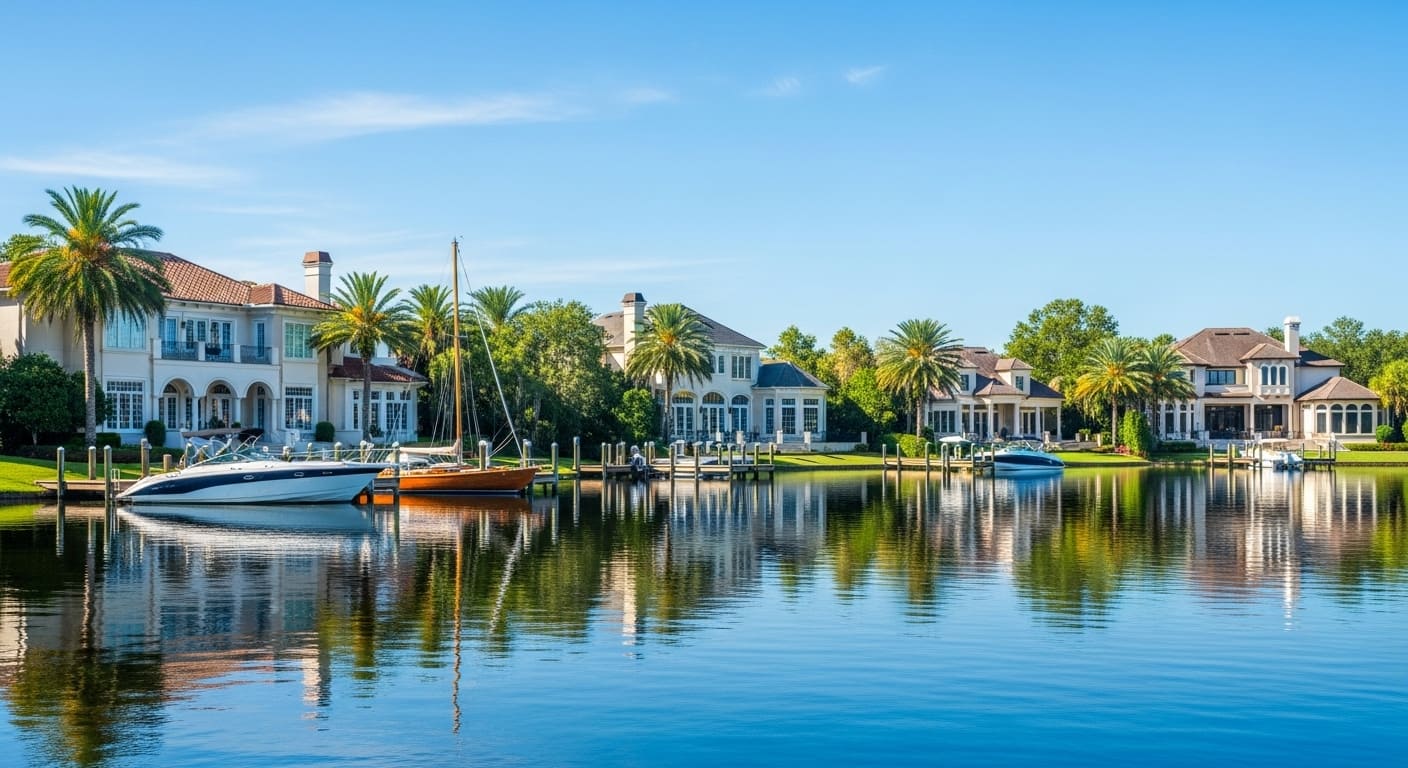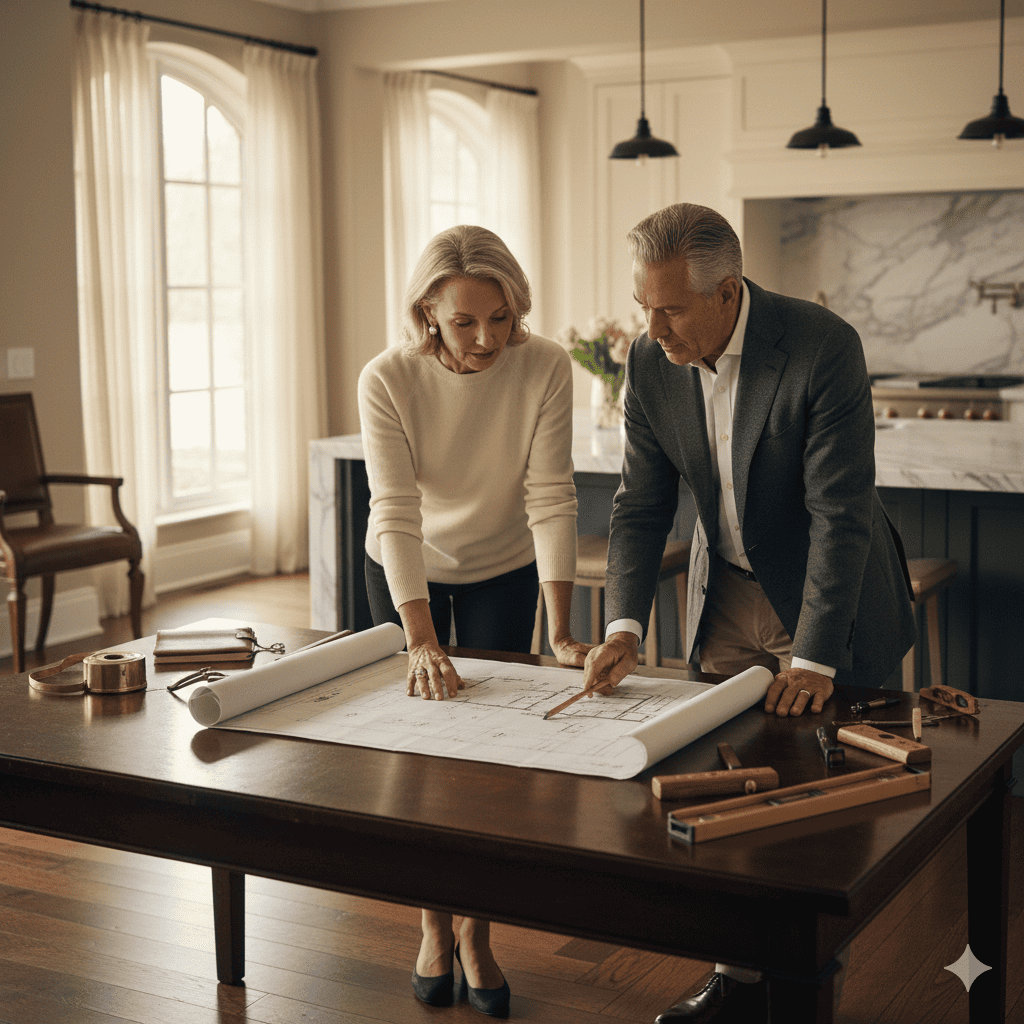Introduction:
Metal roofing is one of the smartest investments homeowners can make today. It not only contributes to the curb, but also lasts for decades longer than traditional asphalt tiles. But before switching to a metal roof, every homeowner wants to know the most important detail – how much will it cost? Determining metal roof cost is not as simple as stating a price. Many factors such as roof size, materials, installation complexity, labor pricing and geographic location shape the final expense. This guide details the key elements that affect prices so you can confidently plan your roof upgrade in 2025.
Why choose metal roofs?
Metal roofs are becoming more popular because they combine strength, longevity and stylish aesthetics. Unlike asphalt roofs that last 15-20 years, metal roofs can last 40-70 years with minimal repairs. They resist fire, high winds, heavy rainfall and even hail – making them a great security system for homes across the US and Canada. They reflect heat instead of absorbing it, improving energy efficiency and reducing cooling costs in hot climates. Although the upfront cost of metal roofing may seem high, the long-term savings and low maintenance make it a smart financial decision.
Another benefit is that metal roofs come in a variety of styles, including panels, tiles, shingles, and even designs that mimic slate or cedar shakes. This flexibility allows homeowners to match contemporary or traditional architectural styles. Because of all these benefits, many buyers agree that the investment is worth it.
Understand the average metal roof costs in 2025
Current market analysis shows that the price of a new metal roof can vary widely. Depending on several key pricing scenarios, homeowners can expect to spend an average of between $8,000 and $45,000. Per square foot, this equates to about $7 to $25 installed. Houses with large gabled roofs are in the lower range, while steep, complex structures cost significantly more.
It is important to remember that roof installation costs include more than just the materials. Labour, substrate, fixings, removal of old roof and use of equipment are part of the total cost. Even small changes such as skylights, chimneys or ventilation adjustments can increase the price. Online cost calculators can help estimate prices, but a professional home inspection will always provide the most accurate figure.
How roof size impacts prices?
The size of the roof is still the biggest factor in determining the price of a metal roof. A larger roof requires more panels or shingles, more labor hours and more installation resources. Roofers typically estimate projects using “roof square”, where 1 roof square = 100 square feet of roof area. If the home’s roof area is 2,000 square feet, that equals 20 sq. At $7-$25 per square foot, costs will vary greatly depending on the materials chosen and location.
The complexity of the roof also matters. Homes with multiple peaks, dormers, steep slopes or architectural design elements require more cutting, caulking and precise installation. Low pitch movable roofs are easier and faster to work on, reducing labor costs. Meanwhile, roofs with difficult access points or height safety issues can increase contractor costs. In short – the bigger and more complex the roof, the more you have to pay.
Material Type and its influence on price

The biggest reason for fluctuations in the cost of metal roofing is the variety of roofing materials available. Homeowners can choose from several metal types such as steel, aluminium, copper, zinc and tin – each with unique performance benefits and different price levels.
Supporting keywords: Metal Roofing Materials
Painted steel and aluminum are the most popular choices because they are economical, lightweight and corrosion resistant. They come in different gauges (thickness), and thicker metals usually cost more but last longer. Standing metal roofs – known for their sleek, modern look – are particularly durable, but have higher installation costs due to the locking systems and special tools required.
Premium metals such as copper and zinc are at the top of prices. These materials create stunning aesthetics and resist natural corrosion for generations, making them perfect for luxury homes or architectural projects. However, they can increase the total project budget dramatically. Therefore, choosing the right metal depends on your long-term goals and financial plan.
Roof style and design details
The design of a metal roof affects the installation process. Metal panels come in two general styles: standing seam roofing and corrugated metal roofing. The standing seam system has hidden fasteners that provide a clean look and superior leak protection. This makes them more expensive, but ideal for high-end homes. Corrugated roofs use open fasteners, making installation easier and more economical, often used in barns, sheds and budget-conscious homes.
Some homeowners choose metal or stamped metal tiles because they look like traditional roofing materials. Although attractive to look at, they require more time-consuming installation than straight metal panels, which can increase overall labor costs. Color finish, insulation layer, edging and accessories such as snow screens also affect material consumption.
Location and local labor pricing
Where you live can have a big impact on the cost of a metal roof, as labor prices vary widely across the country. Useful keywords: roof installation cost. Larger metro areas or states with a higher cost of living typically charge more for roofing services. In areas with more extreme weather – heavy snow, storms or exposure to salt water – material costs can also be higher due to advanced protective coatings.
Climate is also important. In hot coastal locations, aluminum roofing is often required because it is more corrosion resistant than steel. In cold climates, roofs must support heavy snow loads and ice dams, which require strong structural reinforcement. In addition, remote areas or rural areas may be subject to freight surcharges if materials must be transported long distances.
Because roofing contractors face different business expenses depending on geography, labor can account for 35% to 55% of the final installation bill. Always compare estimates from multiple licensed professionals to get the best price.
Removal the old roof – extra cost or optional?

Before installing a new metal roof, homeowners must decide whether to remove the old roof first. Removing the old roof increases the cost of a metal roof by adding dumpster fees, cleanup time and additional labor. But leaving the old planks in place can trap moisture, add extra weight and reduce the lifespan of the metal roof. Most professionals recommend removal to ensure proper installation and ventilation – especially in older homes.
Some local building codes may legally require the existing roof to be removed before new metal panels can be installed. Checking municipal guidelines in advance prevents surprises in the final bill. Although removal increases costs upfront, it can prevent costly repairs later.
Energy efficiency and long-term savings
One of the hidden financial benefits of a metal roof is energy savings. Useful keywords: energy efficient roofing. The metal reflects heat instead of absorbing it, reducing your cooling bill by 10% to 25% in the summer months. High-quality coating improves thermal performance and preserves color. Some homeowners also combine metal roofs with solar panels to maximize long-term returns. Although the initial metal roof costs can be high, reduced utility bills and fewer repairs often cover the investment in the long run.
In addition, most metal roofing materials are recyclable and environmentally friendly. Insurance providers may offer discounts because of the additional financial benefits metal roofs provide due to fire resistance and durability.
Warranty and maintenance considerations
A strong warranty is another factor that affects the price. Most metal roofs come with a 30-50 year warranty, while some premium materials include a lifetime warranty. Manufacturers often cover paint, corrosion and structural performance. Roofing contractors can also provide a workmanship warranty to ensure proper installation. High-quality installation has a lasting impact on performance – regardless of the strength of the material, a poorly installed roof can lead to leaks or premature failure. Fortunately, metal roofs require very little maintenance other than occasional cleaning and debris removal.
DIY vs hiring a professional installer
Some homeowners wonder if they can save money by installing a metal roof themselves. While DIY installation reduces labor costs, it requires specialized equipment, technical expertise and safety knowledge. Improper installation can void the warranty and cause leakage or long-term damage. Hiring a certified roofing technician ensures quality and protects your investment. For most homeowners, it’s worth the extra cost to guarantee proper and safe installation.
Is a metal roof worth the investment?
Absolutely – especially if you plan to stay at home for many years. Metal roofs increase property value and provide protection for decades. Homes with metal roofs often increase in resale value as buyers appreciate the durability and visual appeal. Although metal roofing costs more than traditional roofing, the long-term savings, low maintenance and excellent longevity make it a worthwhile upgrade. For homeowners who want both style and protection, metal roofing is a premium solution that pays off for generations.
Conclusion:
Understanding what influences the cost of a metal roof will help you make better decisions when exploring roof upgrades. By considering your budget, local prices, roofing complexity and preferred materials, you can choose the right option for your home. To get the most accurate estimate, always request a professional inspection and compare multiple contractor quotes. Whether you prioritize looks, sustainability or long-term savings, metal roofing remains one of the most reliable and attractive home improvements available in 2025.










